The process of growing vegetables in a container is not too complicated. In fact, most of them grow densely in containers. Organize your container garden at the same principles and at the same time as you would plant the regular garden.
That means that you can get fresh and healthy plants even though you don’t have any land. Just pick out the right plants, buy or make a few pots, and create your own container garden.
When to Grow Veggies in a Container

Timings of planting will vary depending on plants you decide to grow. However, for most crops, the primary growing season is from early spring to late fall.
The Best Location for Growing Veggies in a Container

The first thing you should consider when start planting vegetables in a container is to pick out a place with a lot of the sun.
Most of the plants need at least six hours of direct light throughout the day. Therefore, you should put your containers in the south or west side. Some sheltered spots located far away from cold and drying winds will be perfect for this purpose.
Also, if you can’t grow your plants on the balcony or windowsill, chose some convenient place close to your house. That way, you will have quick access to your veggies.
Optimizing Your Container Garden with Windows
You can significantly enhance your container garden’s success by strategically using and upgrading your windows. Here’s how:
- Window Boxes: These are great for growing small plants and herbs, adding aesthetic appeal to your home.
- Sunlight Management: If your windows don’t provide enough light, consider residential window replacement. New, larger windows can optimize sunlight exposure, which is crucial for plant growth.
- Energy Efficiency: Many homeowners replace old windows with energy-efficient ones to maintain consistent indoor temperatures, which benefits indoor gardens. Additionally, these windows optimize natural light, reducing the need for artificial lighting and thus saving energy.
Best Containers for Your Vegetable Garden
1. Type and size
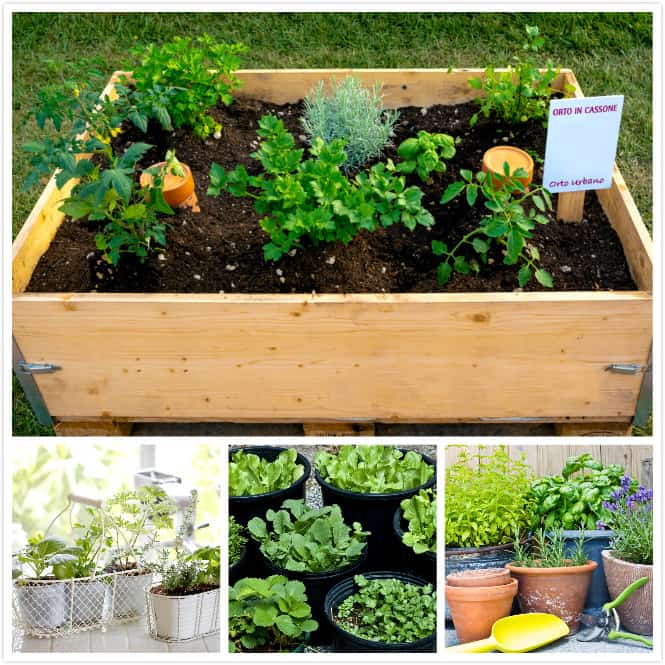
You can use almost anything for growing plants, including flower pots, buckets, wooden boxes, window planters, plastic bags, bushel baskets, strawberry pots, or even food cans larger than 18 inches (46 cm).
The truth is that the larger your container is you will maintain it more straightforward. However, you should pick out the container depending on the type of vegetables you want to grow.
Don’t forget to choose containers with an appropriate depth to allow healthy growth of roots. Deep pots have larger reservoirs of moist soil, which means that you won’t need to water your plants too frequently.
I prefer wooden containers. They are not expensive, look lovely, and have an optimal size. You can make your own wooden planter box if you are skillful and have essential tools.
The advantages of these containers are numerous. They are large, durable, and easy to use. Plus, you won’t have too many problems with watering. Just try to keep the reservoir full.
You can also use glazed ceramic or plastic containers, but avoid those made of terra cotta because the clay draws water and may quickly dry the soil.
You should also think about hanging baskets. They will provide some extra space, and they are a perfect choice for herbs, strawberries, or cherry tomatoes.
|
Vegetable |
Container |
|
|
Tomatoes |
Bushel basket Container of 5 gallons (10 l) per a plant |
|
|
Cucumbers |
Pot of 1 gallon per plant |
|
|
Carrots |
12 inches (30.5 cm) deep window box of 5 gallons (19 l) |
|
|
Beans |
Window box of 5 gallons (19 l) |
|
|
Peppers |
Pot of 2 gallons (7.6 l) per a plant Tub of 15 gallons (57 l) per five plants |
|
|
Radishes |
Window box of 5 gallons (19 l) |
|
|
Broccoli |
Pot of 5 gallons (19 l) per a plant Tub of 15 gallons (57 l) per three plants |
|
|
Cabbage |
Container of 5 gallons (19 l) |
|
|
Onions |
Window box of 5 gallons (19 l) |
|
|
Eggplant |
Pot of 5 gallons (19 l) |
|
|
Lettuce |
Window box of 5 gallons (19 l) |
|
|
Spinach |
Container of 1 gallon (3.8 l) |
|
2. Drainage

Except they should be large enough, your containers need to be made of food-safe material and have good drainage. Provide enough holes in the bottom of them to allow drainage of excess water. Also, to improve it, you should add 1 inch (2.5 cm) of coarse gravel in the bottom of a container.
3. Color

If you plan to keep your containers outdoors, you should be careful with colors. Dark colored containers will absorb heat and consequently help with damaging the roots of your plants.
What Type of Soil to Use in a Container
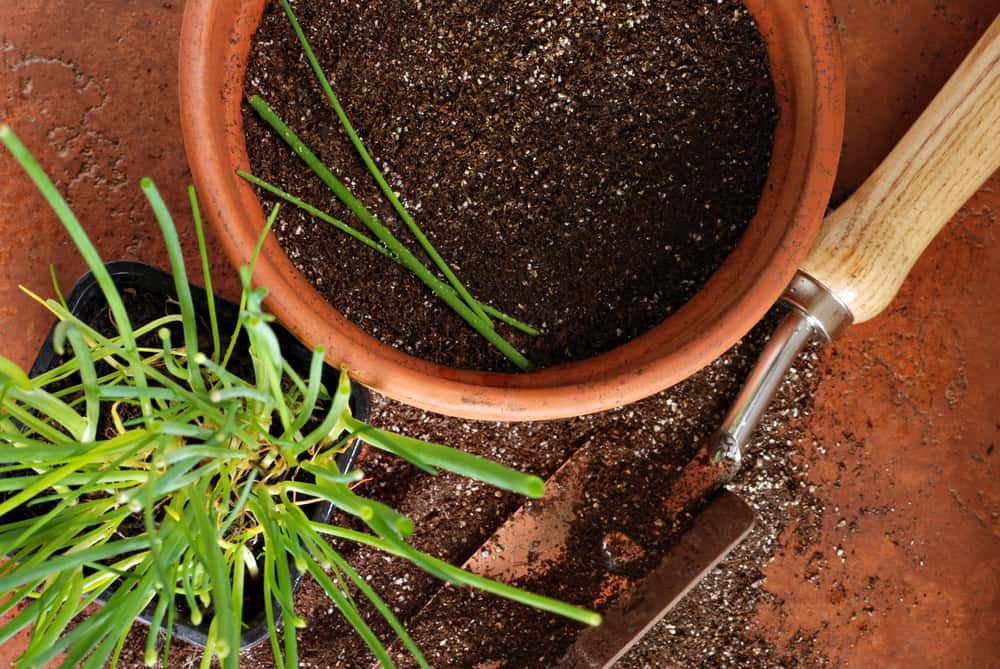
Ideally, you should use organic potting mixes for your vegetables growing in the container. They are specially made for containers and will give your plants better flavor.
You can purchase a manufactured product or blend your own garden mix. To get an ideal combination, you need equal parts of potting soil, peat moss, and vermiculite, clean sand or perlite for better drainage.
Avoid using the soil from your garden. It usually can’t drain water properly because it often becomes too compact in a container. Also, you will have issues with the pH level and aeration of the soil as well as weeds growth.
When filling a container with soil, leave 2 to 3 inches (5 – 7.6 cm) of space below the edge. That way, you can add water without spilling.
|
The minimum depths of the soil necessary for the healthy growth of your plants |
|
|
The depth of the soil |
The type of veggies |
| 4 to 5 inches (10 – 13 cm) | Chives, radishes, lettuce, coriander, and basil |
| 6 to 7 inches (15 – 18 cm) | Asian greens, bush beans, onion, garlic, peas, thyme, and mint |
| 8 to 9 inches (20 – 23 cm) | Carrots, peppers, cucumber, pole beans, eggplant, chard, leeks, fennel, spinach, rosemary, and parsley |
| 10 to 12 inches (25.5 – 30.5 cm) | Zucchini, sweet corn, potatoes, broccoli, okra, lemongrass, and dill |
You can quickly determine the amount of potting mix you need for every container:
- 3 pints (1.4 l) of soil per a container of 6 inches (15 cm)
- 5 gallons (13 l) of mix per a container of 12 inches (30.5 cm)
- 5 gallons (24.6) of mix per a container of 20 inches (51 cm)
Seeds or Seedlings

In general, you can choose to start growing your vegetables from seed or seedlings as when you cultivate plants in the garden. Starting your own seeds is cheaper, and you can grow plants, including hard-to-find varieties entirely organically.
However, for most gardeners, especially for beginners, purchasing seedlings in a garden center is a more comfortable solution.
Take Care of Your Vegetables
A). Sun and temperature
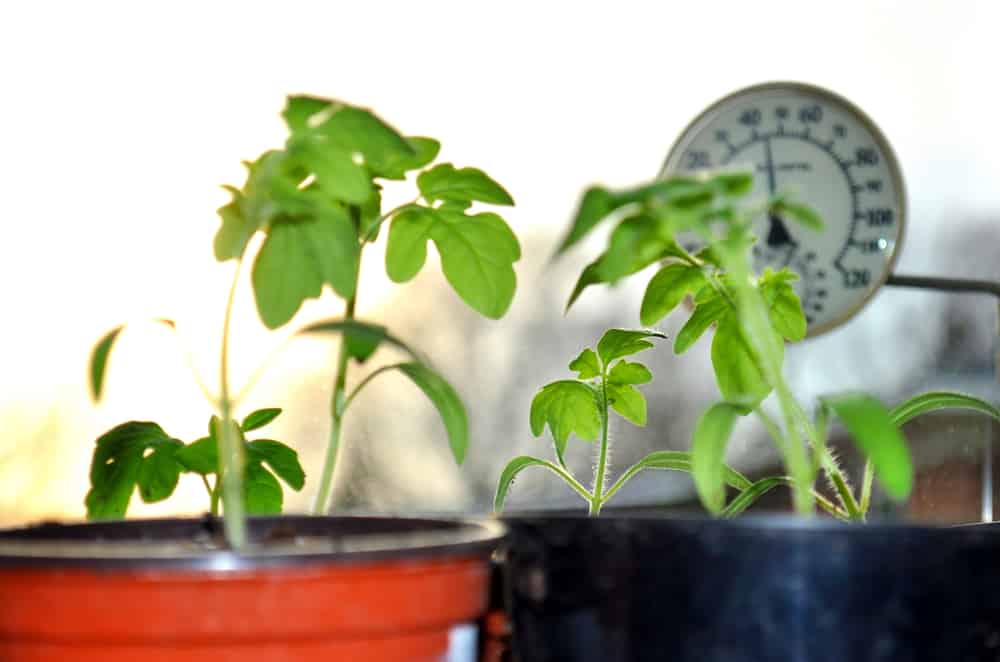
Like I have already said your veggies growing in a container will need at least six to eight hours of direct sunlight during a day. You should make an accurate assessment if you want your plants to thrive.
The simplest way is to check the location twice in one hour, throughout eight hours a day, and precisely confirm that the spot for your containers gets enough hours of sun. You can also find a sun calculator. By using this device, you can calculate an accurate assessment.
On the other hand, if you live in a hot region, you may need to provide some shade for your veggies in the middle of the day to prevent overheating. It will be helpful using ceramic, wooden, or plastic containers instead of metal ones. I am sure that you don’t want to face the cooked roots of your plants.
If you live in a cold region, avoid putting containers outside for long before the temperatures are not high enough. Most plants start thriving after the ground temperature is at least 60 F (15.5 C). Regularly check the warmth of the soil in the containers by using a meat thermometer.
B). Watering

Your goal always needs to be to keep the soil moist. Keep in mind that containers require more frequent watering than the traditional garden, but avoid soaking your plants. Check the level of moisture by putting a finger about 1 inch (2.5 cm) into the ground. If it is dry, you should water it.
When you are not sure, wait for a while and check it later. Be prepared to water your plants at least once a day during summer, but you should do it twice while days are really hot. If you have a possibility, you can install a drip-irrigation system and make the process more comfortable.
C). Fertilizing
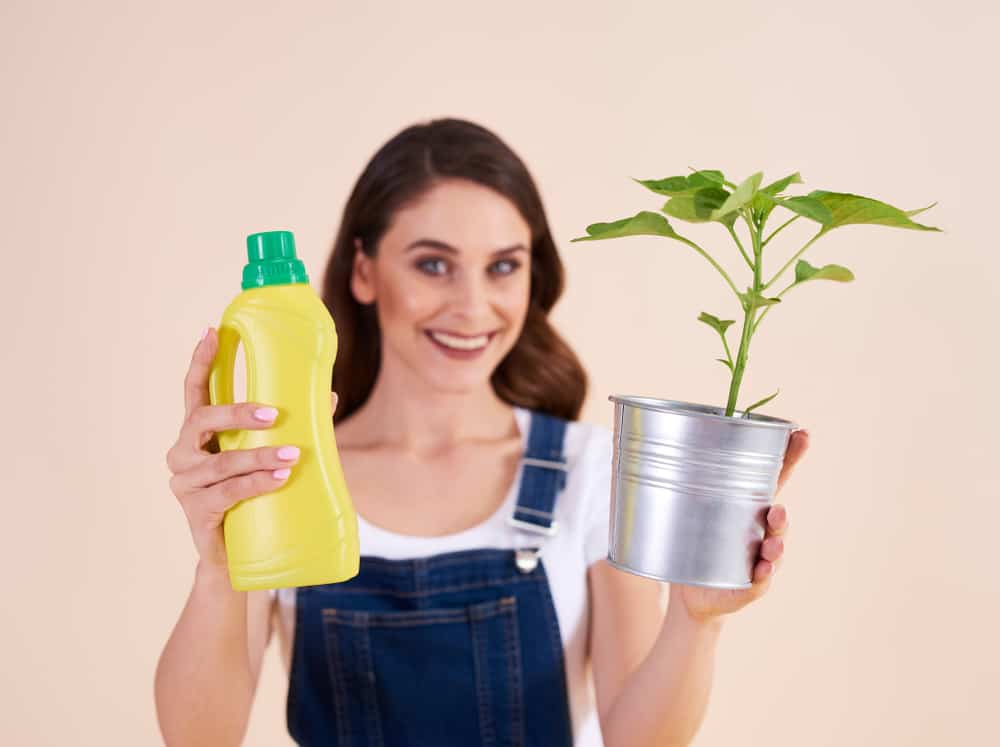
If you use the soil without fertilizer, you need to add it a few times throughout the growing season. The first time, you need to mix some organic compost into containers before planting your veggies.
After that, you should add diluted liquid fertilizer every two weeks. I highly recommend you liquid seaweed or fish emulsion which will provide all nutrition your plants need. However, compost tea is also a great choice.
Don’t forget that growing medium in containers hasn’t got nutrients, plus water regularly washes them from the soil. That means that your veggies depend on you entirely. Also, if there are a lot of plants in every pot, they collect nutrients from the ground quickly, and you need to compensate them.
Best Vegetables to Grow in Containers
Tomatoes
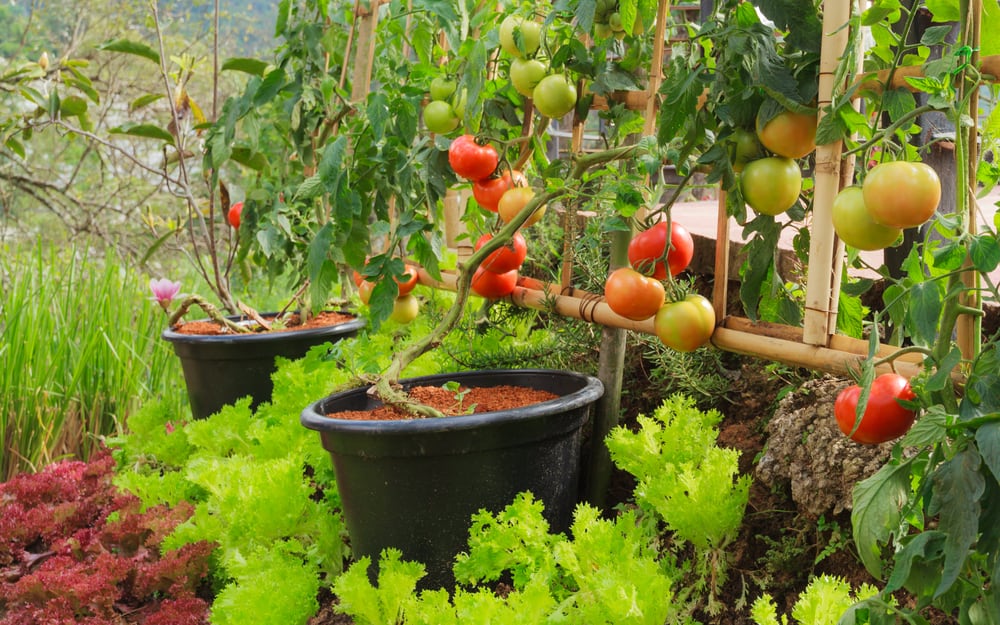
They are probably the most productive veggies you can grow in pots. Provide them five to six hours of sun daily and the container of proper size. In general, it is better choosing dwarf varieties or cherry tomatoes for this way of growing.
Cucumber

Grow this vegetable in a medium to large sized container and give it enough water, sun, and a right fertilizer. After a few months, you will get crunchy cucumbers you will adore.
Peppers and chilies

Both of them are super productive when growing in containers. If you provide a container deep at least 12 inches (30.5 cm), sunny and warm place, and add adequate soil and fertilizer, you can expect these veggies thrive smoothly.
Garlic
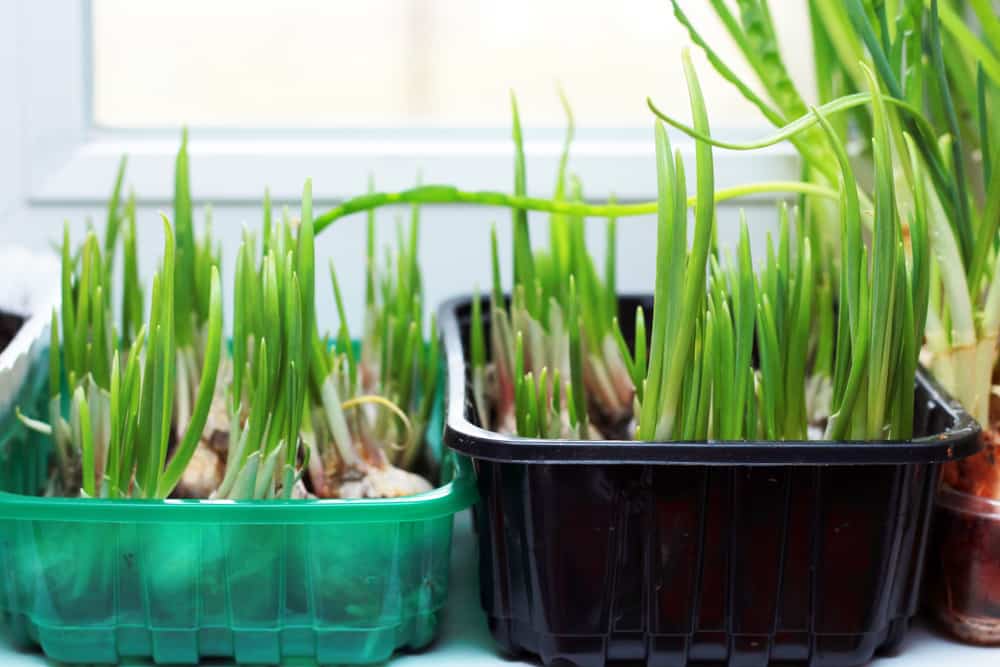
If you decide to grow garlic in a container, you will need a wide pot deep at least 6 to 8 inches (15 – 20 cm). Just leave 5 to 6 inches (13 – 15 cm) of space between cloves and enjoy harvesting.
Carrots

They require regular watering, moist soil, and cold weather. Carrots don’t take much space, which makes them an ideal choice for growing in a container.
Squash
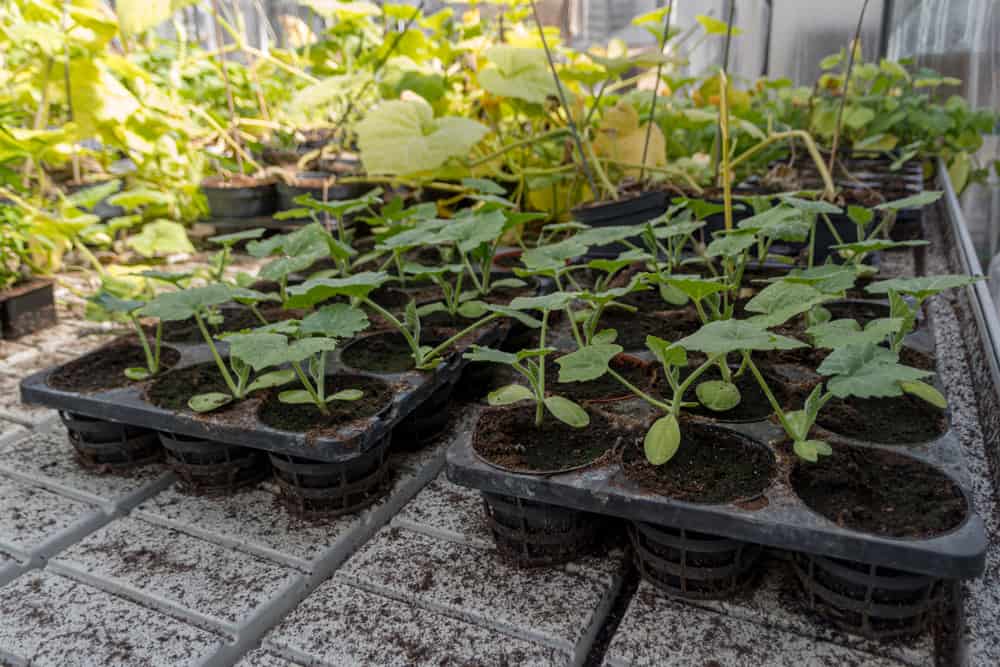
Pick out Zucchini (summer squashes), and you will enjoy growing these veggies. Just place a container on a rooftop or balcony, and wait for the harvesting time.
Eggplant

This summer crop prefers high temperatures. If you can provide an excellent fertilizer and heat for them during the day and night, you can grow these veggies year round. In fact, they thrive excellently in a container.
Radishes

These plants grow quickly, which makes them an ideal choice for gardening in a container. Pick out a small and wide pot deep from 6 to 10 inches (15 – 25.5 cm) depending on a variety you decide to grow.
Beans
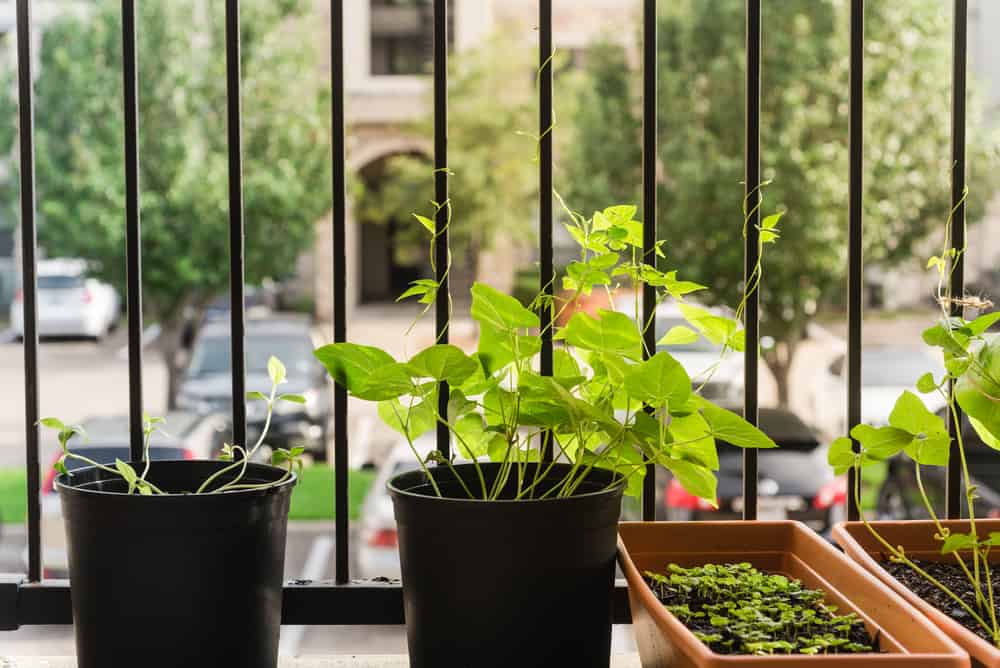
You can easily grow this type of veggies in a container since it grows upward. Pick out bushier type or climbers and grow them near a wall or on a trellis. Just provide a sunny spot for your beans and at least 12 inches (30.5 cm) deep container. Keep in mind that this plant fixes the nitrogen, which means that you can plant other vegetables under it, especially varieties which need more nitrogen such as kale or celery.
Peas
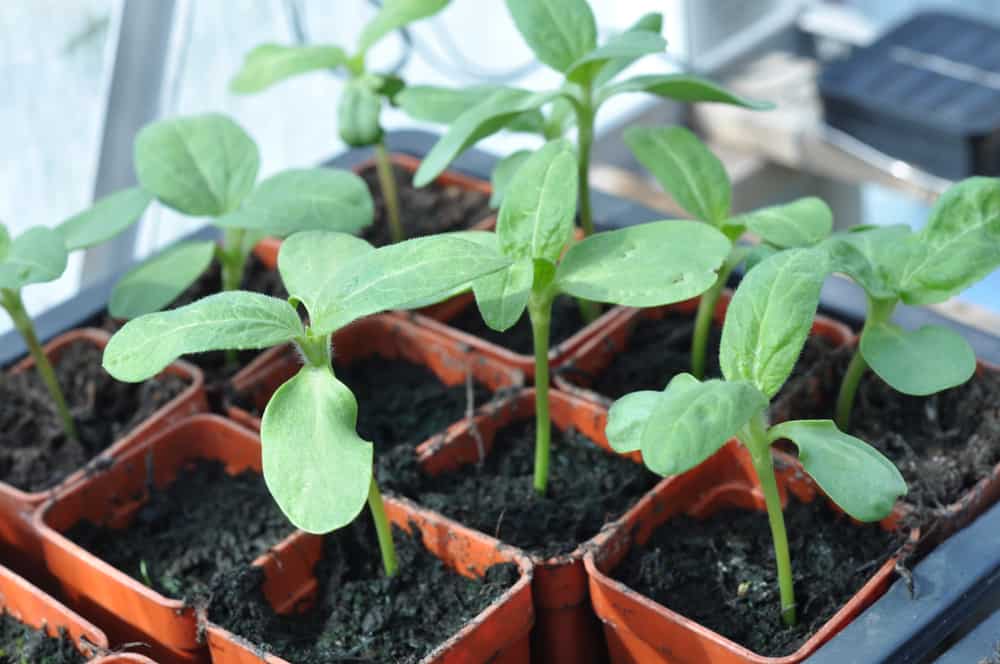
This vegetable requires moderate conditions and an average container. Peas grow quickly on slightly moist soil. Pick out a dwarf or bushier type varieties, a spot with full sun, and water your plants frequently.
|
Good companion plants |
Combinations to avoid |
| Squash, beans, carrots | Beans with garlic or onions |
| Lettuce, herbs | Onions with peas or beans |
| Tomatoes, onions, basil | Carrots with fennel or dill |
| Spinach, onions, chard | Tomatoes with potatoes or squash |
| Eggplant, beans |
Chard

Since this plant prefers high temperatures, you can grow it if you live in a warm climate. You just need a small sized container for growing it successfully.
Kale
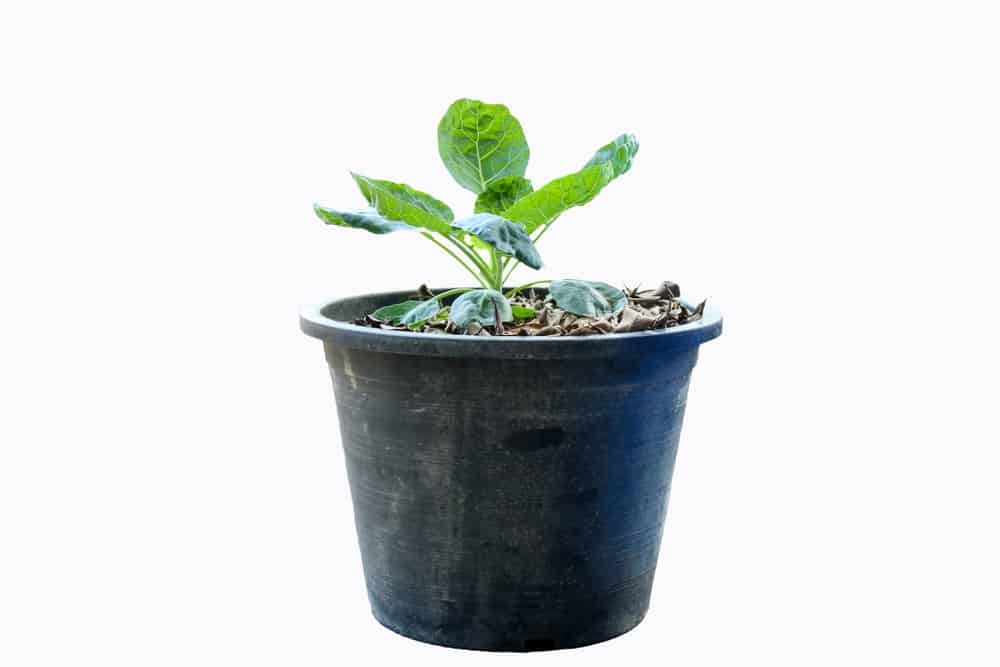
Growing kale in a container is highly productive. Provide cold conditions for them since it may taste bitter during hot summer months. You can harvest the same plant many times. Choose to pick up young leaves over time or cut the whole kale at once.
Collard greens

You can easily grow these annual or biennial veggies in a container and harvest it 75 days after transplanting. Do it a few times until the first frost by cutting their leaves.
Spinach
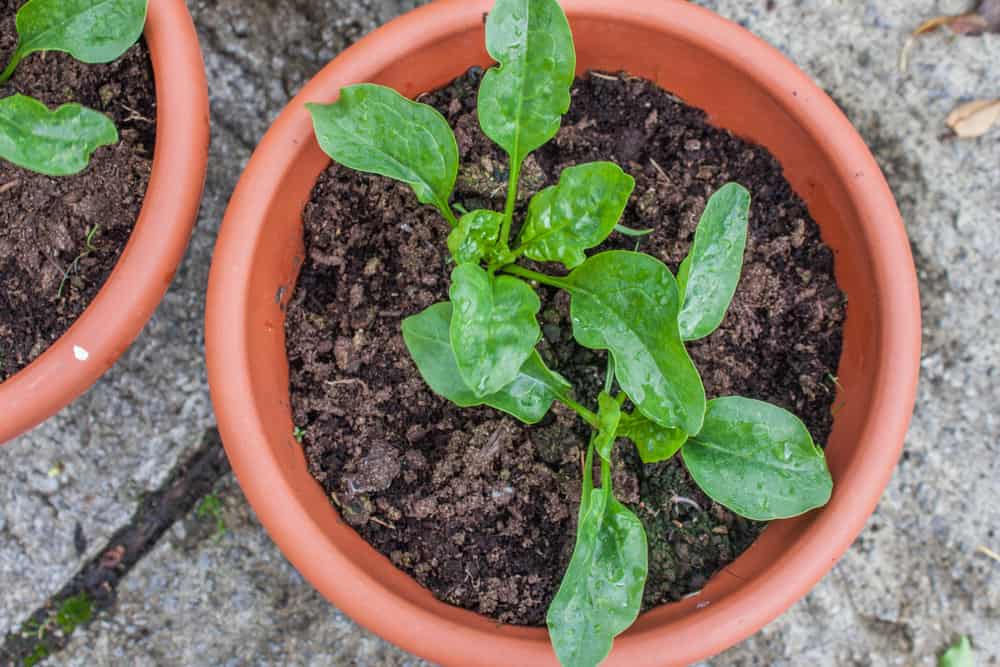
It is one of the best veggies for growing in a container. Place it in a wide pot deep about 6 to 8 inches (15 – 20 cm) and provide partial shade for your spinach.
Lettuce
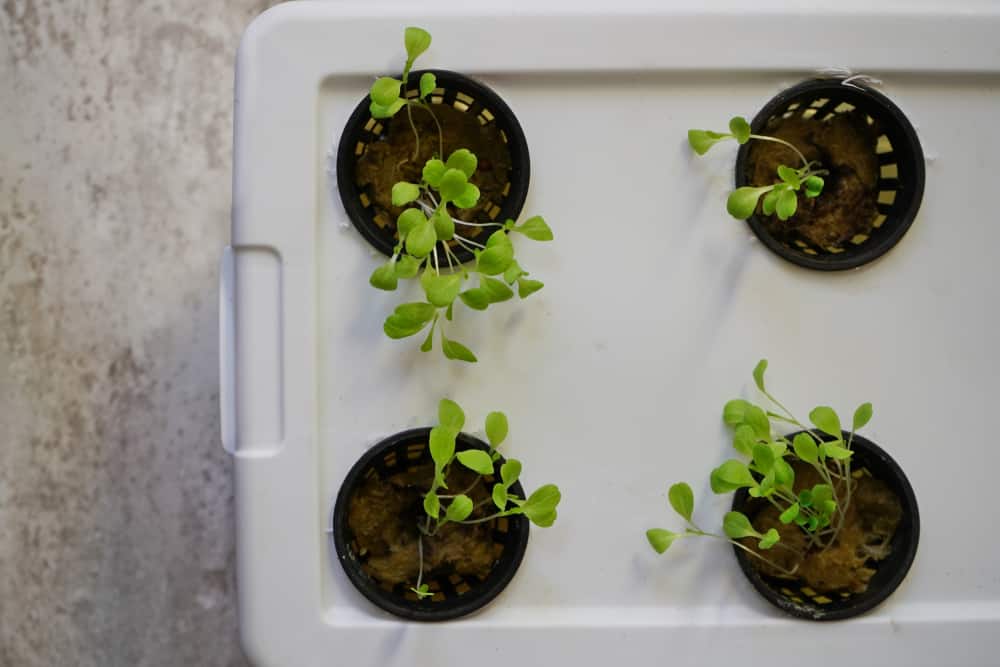
Since this vegetable expands quickly, you can harvest it multiple times throughout the season. Sow it in spring if you live in a cold climate. Otherwise, you should plant it in winter. Lettuce prefers growing in a shallow, wide container, and need well-draining soil and frequent watering.

This is very encouraging it is worth trying. In this case they would be no cases of malnutrition which has proved to be so devastating in Africa including Malawi.